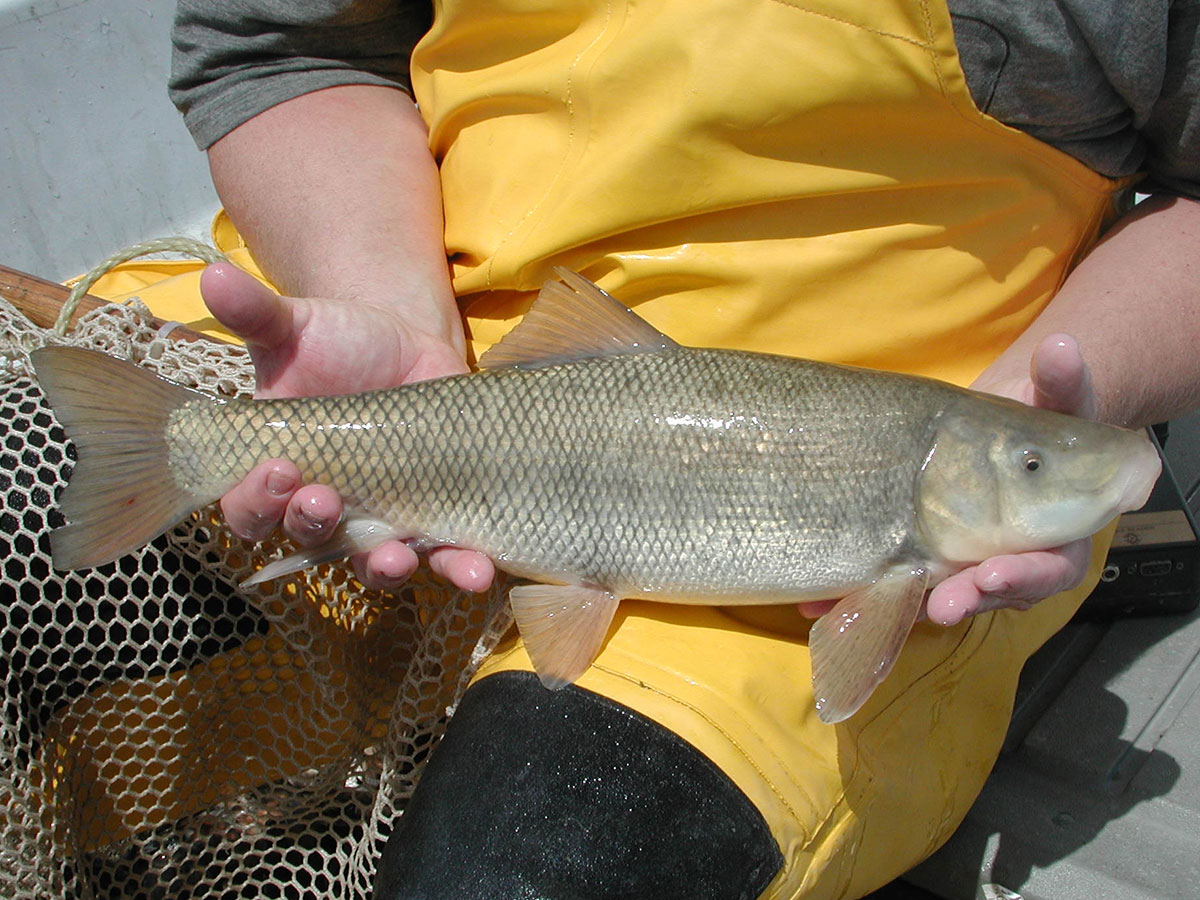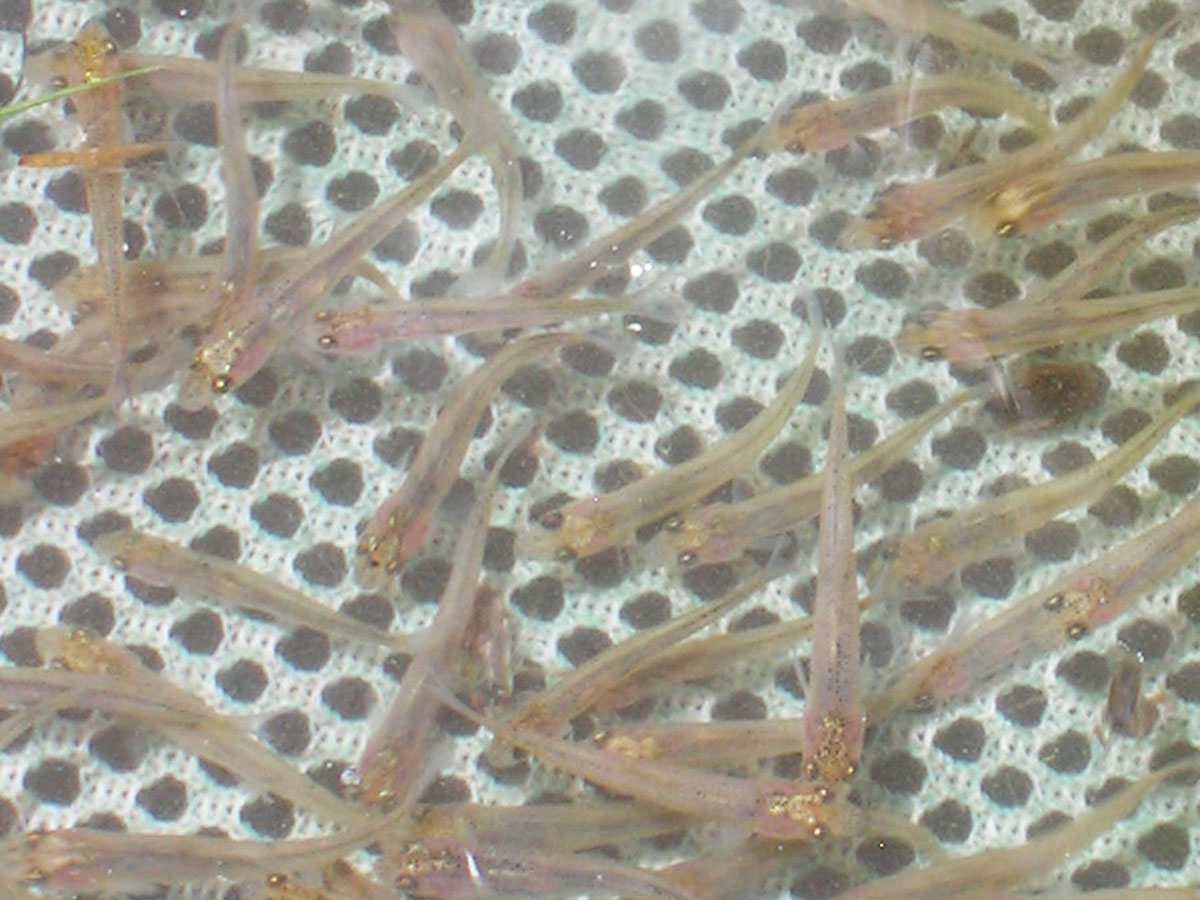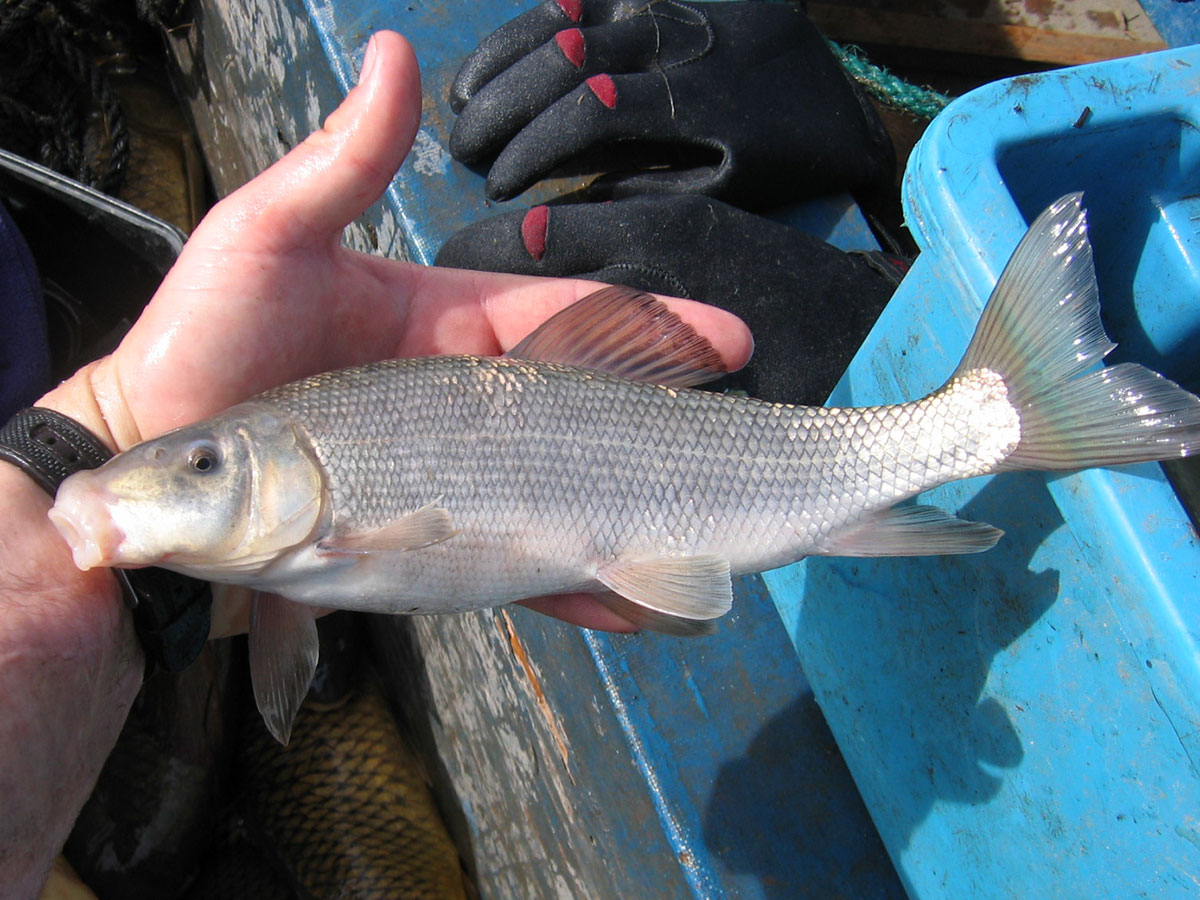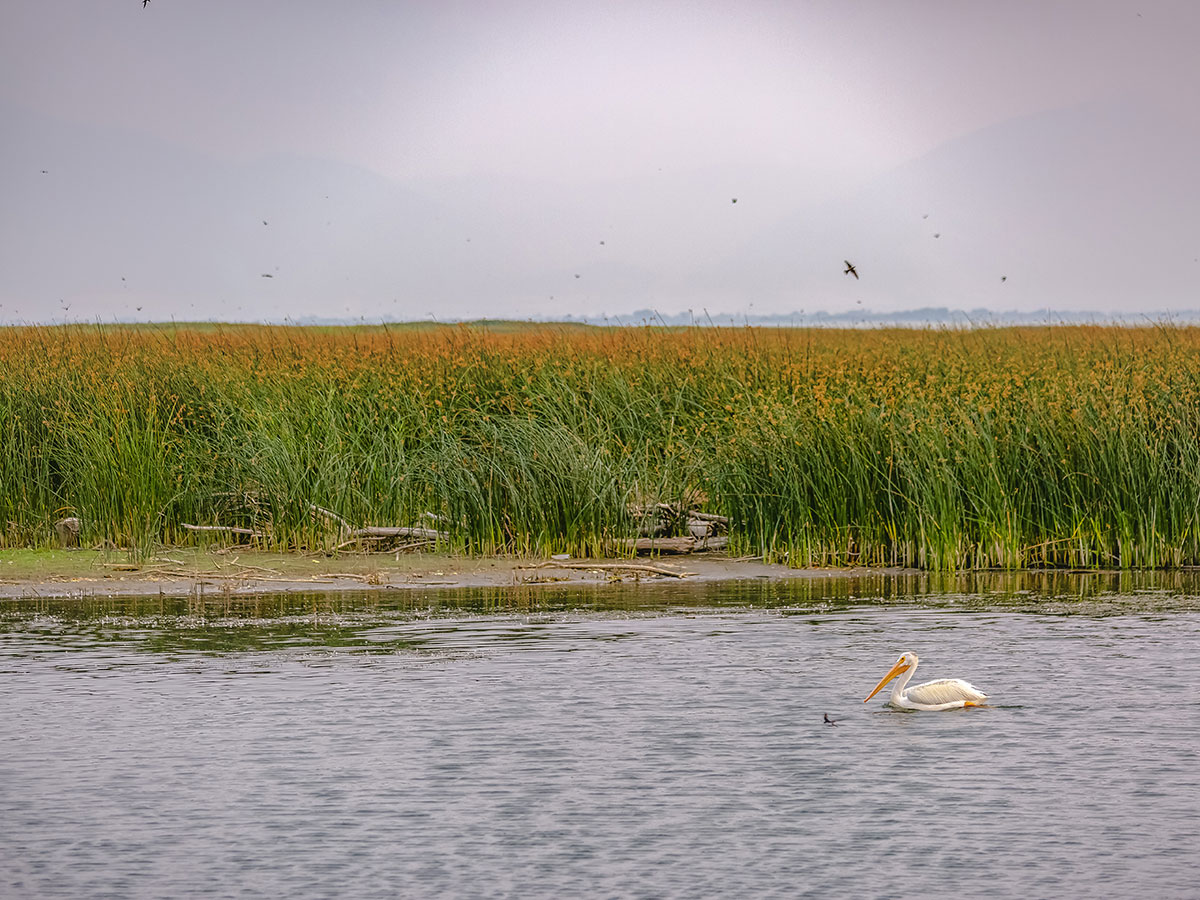How does a fish with a name like “June sucker” conjure up loyal feelings and rally people to ensure the fish and its native habitat are protected and restored?
Quite simply, it’s because the June sucker is a Very Important Fish and has been for a long time.
Historically, the June sucker offered a plentiful food source during hard times for Ute tribal groups, trappers, and early pioneer settlers. Today, with its threatened species status, June sucker is an “indicator species” that provides an effective way to measure and monitor the health of the entire Utah Lake ecosystem, along with the environmental, cultural, recreational, and economic benefits that a healthy Utah Lake provides.
June Sucker At-A-Glance
- Status – Threatened
- Average Weight – 5 pounds
- Average Length – 17 to 24 inches
- Habitat – Utah Lake and lower reaches of its tributaries
- Spawning – In May or June
What is the Status of June Sucker?
Thanks to the work of the June Sucker Recovery Implementation Program (JSRIP), a program designed to recover the endangered June sucker, we are seeing successes that are positively impacting the economic, recreational, and environmental aspects of Utah Lake. In fact, on December 31, 2020, the U.S. Fish and Wildlife Service announced that the June sucker would be officially moved from "endangered" to the lower "threatened" status on February 3, 2021. This was great news and means that our efforts to recover the June sucker and improve its habitat are working, but we still have work to do to ensure long-term, sustainable success.
Why Was the June Sucker Endangered?
The June sucker was listed as an endangered species in April of 1986. Numbering in the millions in the 1800s, the June sucker population had dropped to fewer than 1,000 by the mid-1980s. This triggered a broad effort to prevent the species from dying out. Thanks to the efforts of the JSRIP, the June sucker population has started to rebound, and the species was officially “downlisted” from its current endangered to "threatened" status meaning that certain restrictions can be relaxed or eliminated.
Many factors contributed to the June sucker being listed as an endangered species, including:

- Urban and industrial growth
- Changes to Utah Lake’s natural habitat
- Water development projects
- Predation or competition from non-native fish, particularly carp
- Failure to recruit new adult fish to the population
In addition to the June sucker, a number of other species in the Utah Lake ecosystem are listed as “threatened” or “sensitive."
Federally listed as threatened or sensitive:
- Bald eagle
- Ute Ladies’-Tresses (wild orchid)
State-listed as Species of Greatest Conservation Need:
- Bonneville cutthroat
Spawning & Overcoming the Recruitment Bottleneck
The life cycle of the June sucker begins in Utah Lake tributaries, primarily the Provo River. When June sucker reach reproductive maturity at five or six years of age, they swim upstream from Utah Lake to spawn, typically in May and June of each year. Soon after spawning, adult June sucker return to Utah Lake.

June sucker eggs hatch in about a week, depending on the temperature of the water. After hatching, the larval June sucker emerge from the gravel of the tributaries and drift downstream towards Utah Lake. As the larval fish drift downstream, they are vulnerable to predators and dependent on river flows to transport them to good rearing habitat.
Good rearing habitat is lacking in Utah Lake, however, so virtually all the larval June sucker are consumed or die from starvation in the first few weeks of their lives. As a result, there is little to no natural “recruitment” of new adults to the June sucker population. This “recruitment bottleneck” is one of the primary reasons that June sucker are still listed as threatened.
When June sucker raised in hatcheries are introduced into Utah Lake at sizes large enough to avoid being eaten by predators, they survive and can be found participating in annual spawning runs. The ability of hatchery fish to survive, grow, and reach sexual maturity in Utah Lake is evidence that the recruitment bottleneck for June sucker occurs in the early life stages. Efforts to recover June sucker, therefore, are focused on improving conditions for early life stages.
The Endangered Species Act
The United States Congress passed the Endangered Species Act in 1973 due to the decline of many wildlife species. The purpose of the Act is to conserve and recover species in danger of extinction so they no longer need protection under federal regulation.

In some circles, the Endangered Species Act is one of the most popular laws ever enacted. Advocates consider it among the nation’s most effective laws. Scientists estimate that, without the Act, hundreds of species would have become extinct. Just as importantly, millions of acres of forests, beaches and wetlands – species’ essential habitats – have been protected from degradation.
Others have strong negative feelings about the Endangered Species Act. They see it as government control of land that blocks economic activity and vital jobs, leading to costly litigation and wasted resources.
Because of this, the JSRIP has taken a very thoughtful and strategic approach to their efforts. The JSRIP believes that bringing all interested stakeholders to the table and working in a collaborative, comprehensive approach will result in benefits for all involved, including June sucker recovery, restoration of Utah Lake and its ecosystem, completion of vital water supply projects, and beneficial recreational and economic activity. This collaborative process is working well with multiple demonstrated successes resulting from the JSRIP’s efforts.
Why Does the June Sucker Matter?
The June sucker is an “indicator species.” Scientists monitor species like June sucker to understand how healthy an ecosystem is — in this case Utah Lake and the lower reaches of its tributaries. The June sucker reacts to environmental stress and disturbance in a way that can be easily measured and used by scientists to see how changes in natural or human activity are affecting these fish and their habitat.

In other words, the well-being of the June sucker serves as an early warning system for the health of the entire Utah Lake ecosystem. This is important because Utah Lake is a valuable resource in our state, economically, culturally, environmentally and recreationally. It serves as a critical part of our culinary and irrigation water systems.
Thriving June Sucker = Thriving Utah Lake
A thriving June sucker population means Utah Lake is thriving. This means that important water projects that the Wasatch Front depends upon that are linked to the June sucker recovery program can stay on track. Utah Lake is becoming a better and better place for fish and wildlife to live and for humans to enjoy.
More Utah Lake Usage Creates an Economic Impact
The work being done to recover the June sucker is designed to improve Utah Lake and its ecosystem to a fully functioning and productive lake system that is better environmentally, culturally, recreationally, and economically. These improvements are good for everyone.





